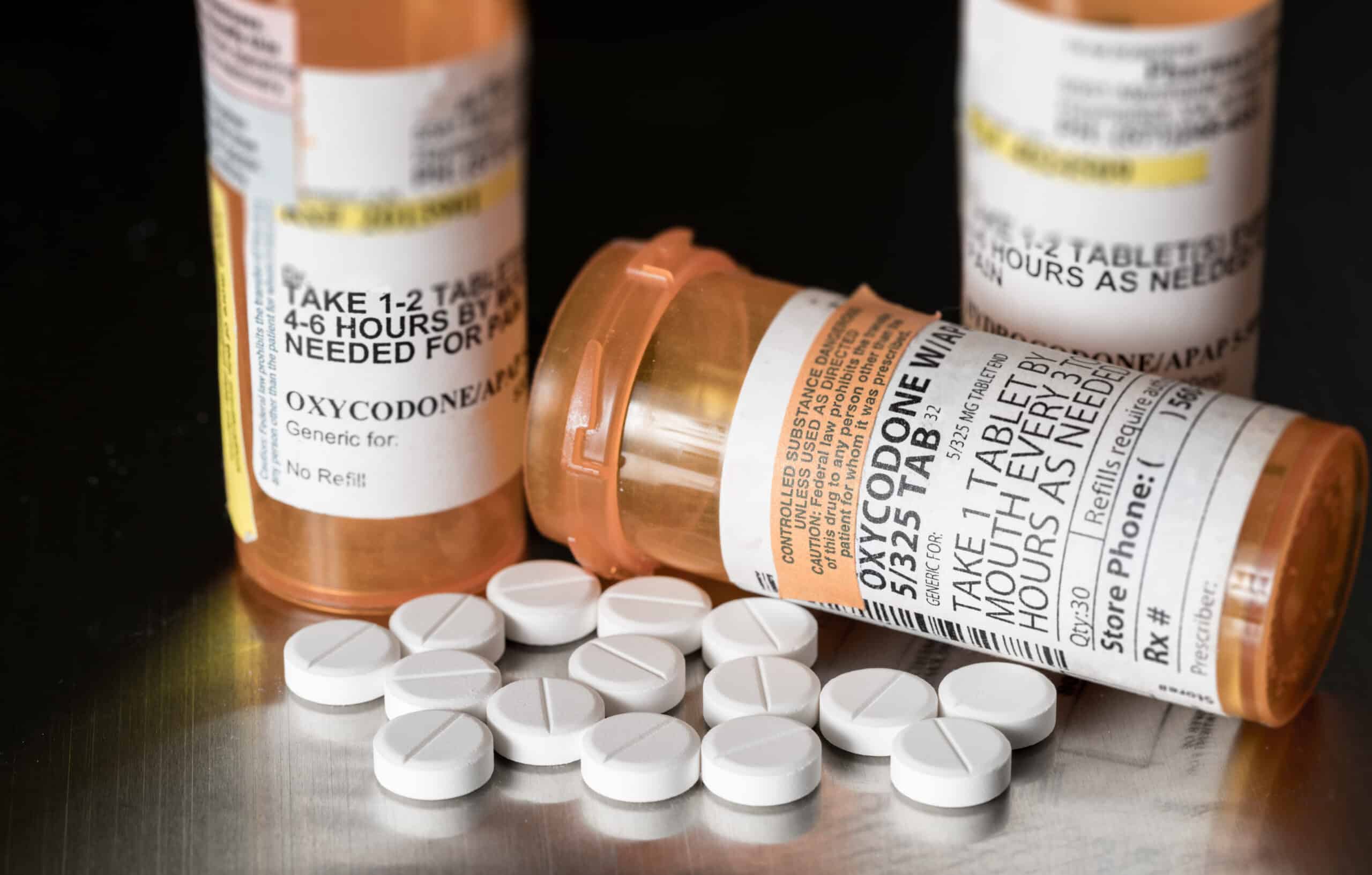The Dangers of Opioids
Opioids are pain-relieving medications that travel through the blood and attach to the opioid receptors in brain cells.1 The opioid blocks pain messages sent by the body to the brain and induces feelings of pleasure. When administered and taken correctly, these medications are crucial to controlling severe pain in patients. Problems arise when opioid medications are abused.

Since opioids release feelings of pleasure, it is easy for a user to want to experience this at a more frequent rate, creating a dependency or even an addiction.
How PBMs are helping
Pharmaceutical Benefit Managers (PBMs) realize that opioids can be a problem with members and plans and have incorporated programs into their plan offerings to help control abuse.
Below are some examples of PBM opioid programs that can be attached to your current benefit structure.
OptumRx’s Opioid Risk Management2
The program connects clinical capabilities and analytics, care management, and behavior tools. Highlights of the program include:
- Prevention, education, and minimizing supply.
- Reviewing and reducing oversupply of medications.
- Treating plan participants that are high risk and supporting recovery of those who are considered chronic users.
An important stamp of the program is the ability to manage utilization by leveraging point-of service tools at the pharmacy.
Express Scripts’ (ESI) Advanced Opioid Management Solution2
ESI has designed this program to limit abuse and overuse of opioid medications. This program works by:
- Incorporating restrictions for acute opioid medications at the pharmacy for first-time users to a seven-day supply.
- Setting additional prior authorization restrictions for long-term acting opioids to block fills for new users. Drug utilization review and real-time messages to prescribers to ensure proper opioid usage.
- Providing educational materials to plan members to let them know of the risks of opioid medications and that they will be limited to one prescriber.

Why is Opioid Management important?
It is important for plan sponsors to reign in opioid use, as they are highly addictive and can lead to additional medical problems down the road. Programs listed like the ones earlier in this article aim at assisting plan participants by reducing the risk of overexposure.
Opioids are extremely addictive, and every day 41 people in the U.S. lose their lives to opioids.3 Addiction does not discriminate, so any assistance that is willingly provided should be considered.
Sources:
- “What are opioids and why are they dangerous,” Mayo Clinic, accessed October 16, 2023,
- “Four PBM programs poised to rein in the opioid epidemic,” Managed Healthcare Executive (2018), accessed October 16, 2023,
https://www.managedhealthcareexecutive.com/view/four-pbm-programs-poised-rein-opioid-epidemic
- “Fact Sheets and Infographics,” Center for Disease Control and Prevention, accessed October 16, 2023,
https://www.cdc.gov/rxawareness/resources/factsheets-infographics.html





